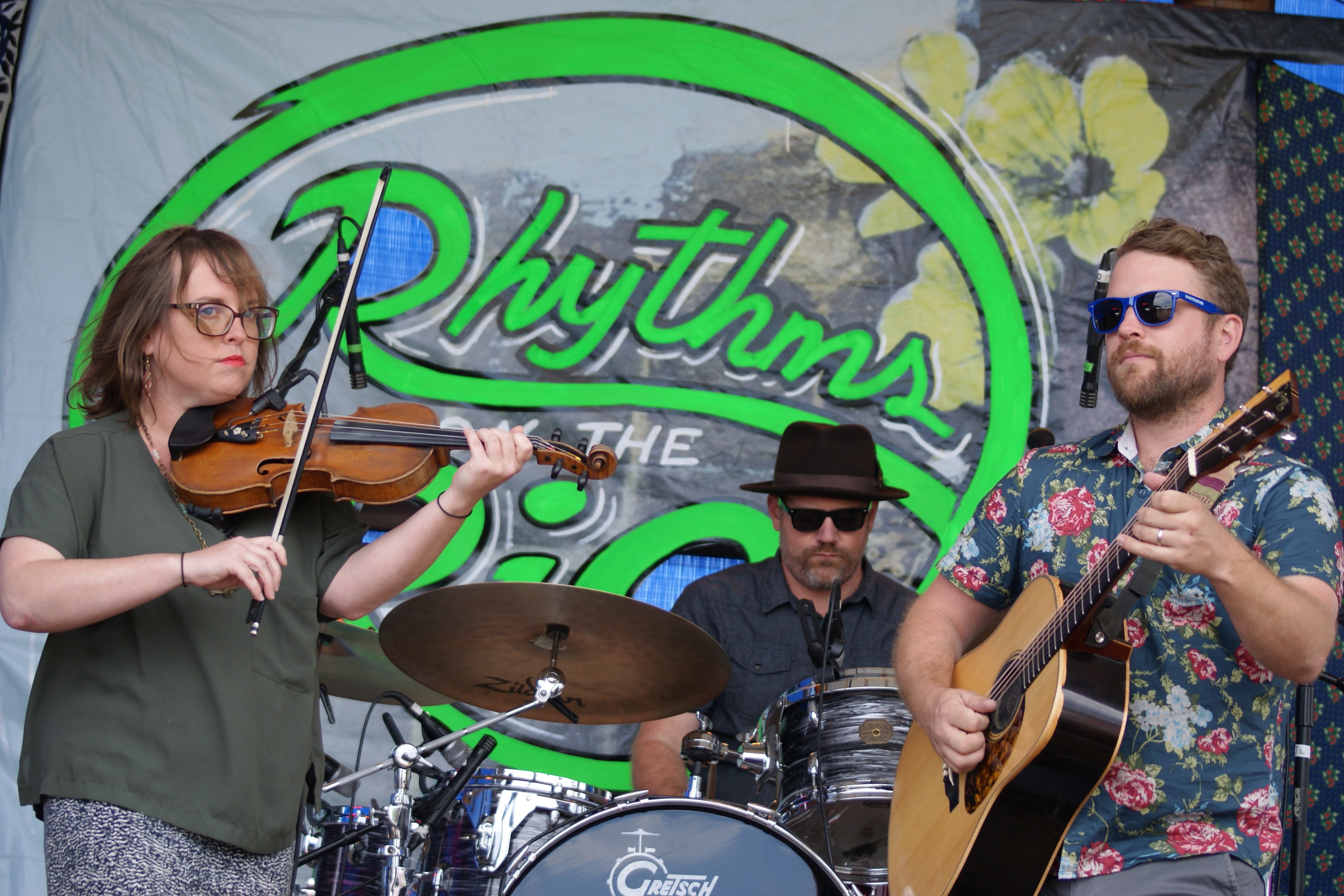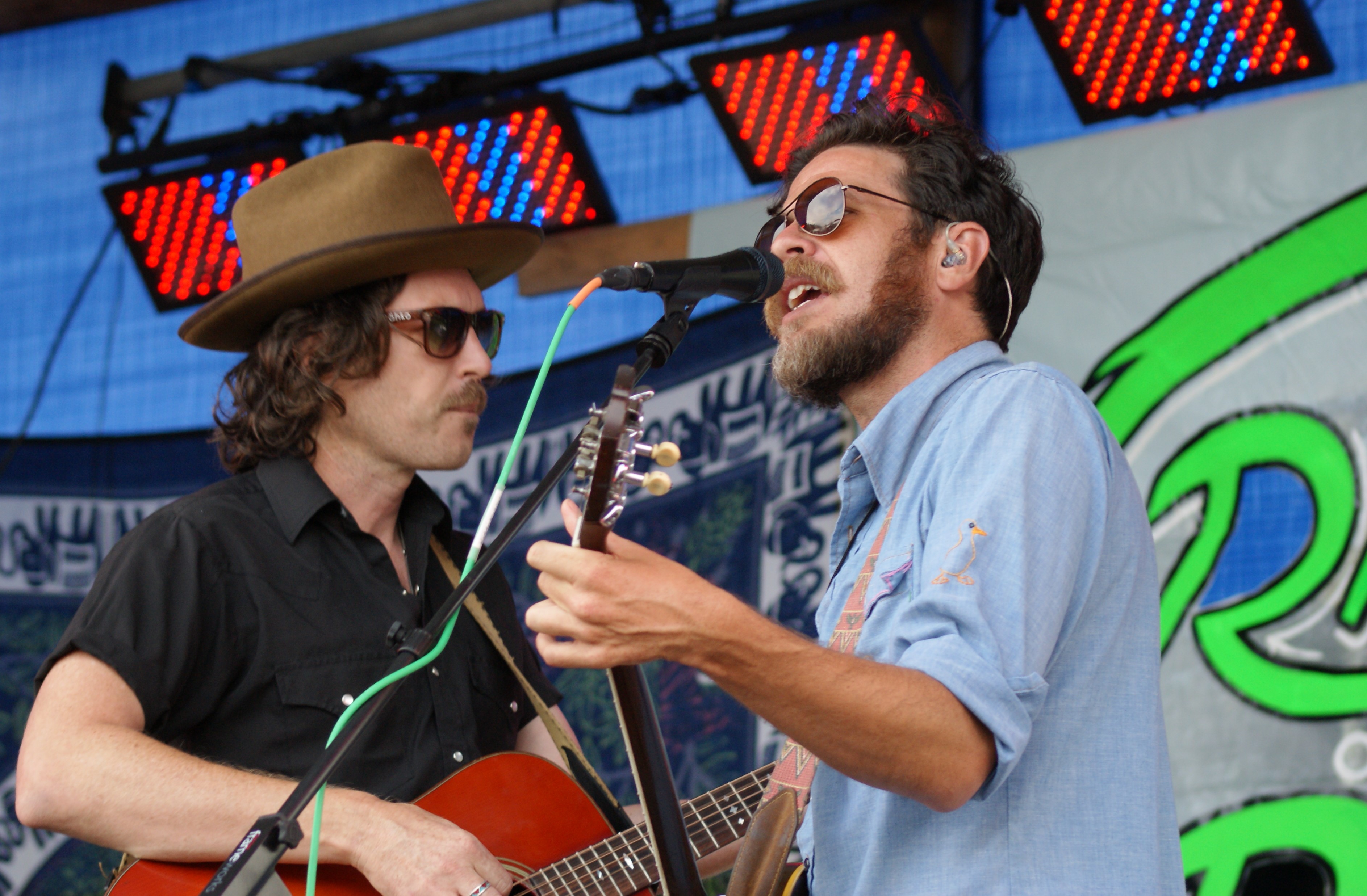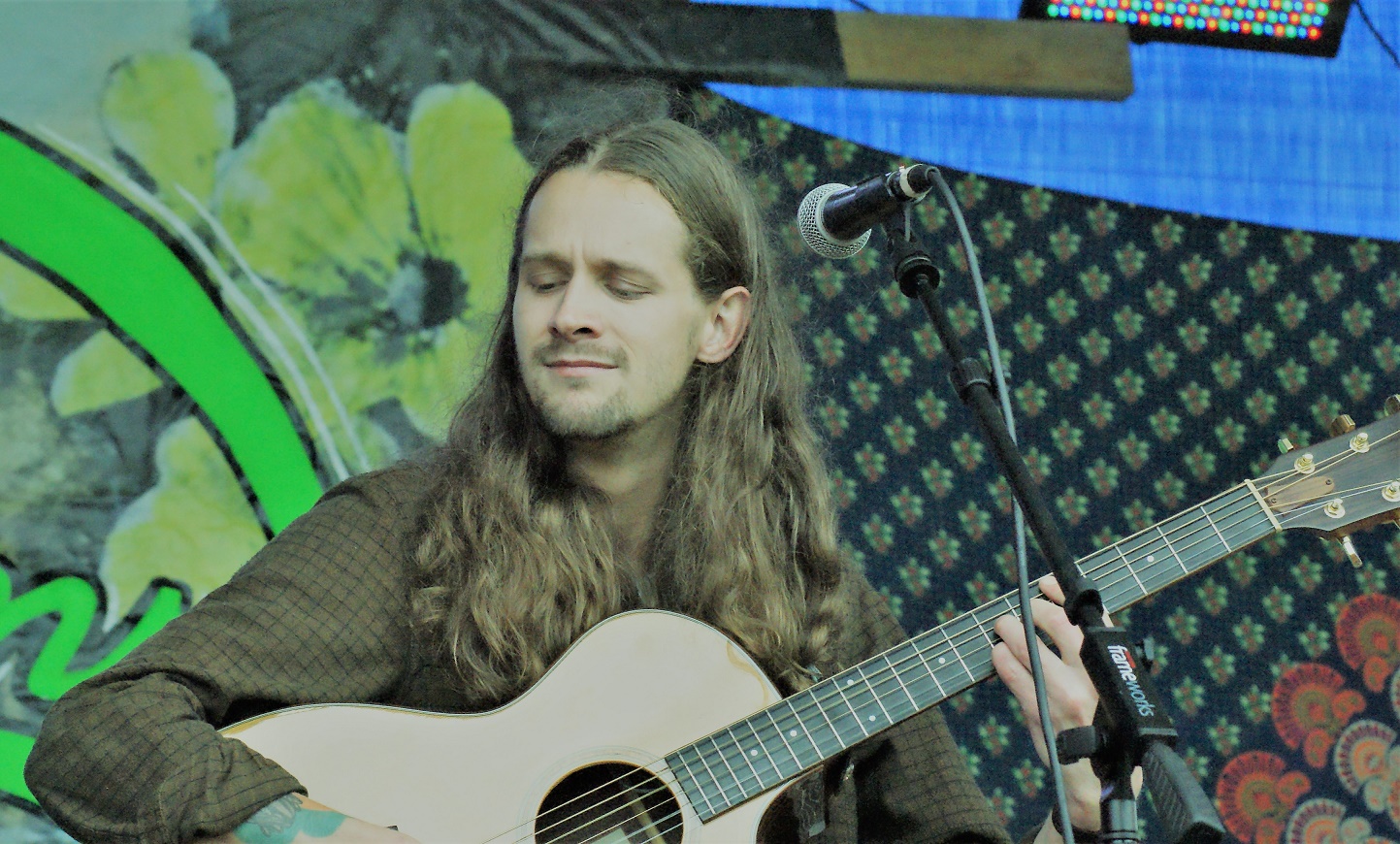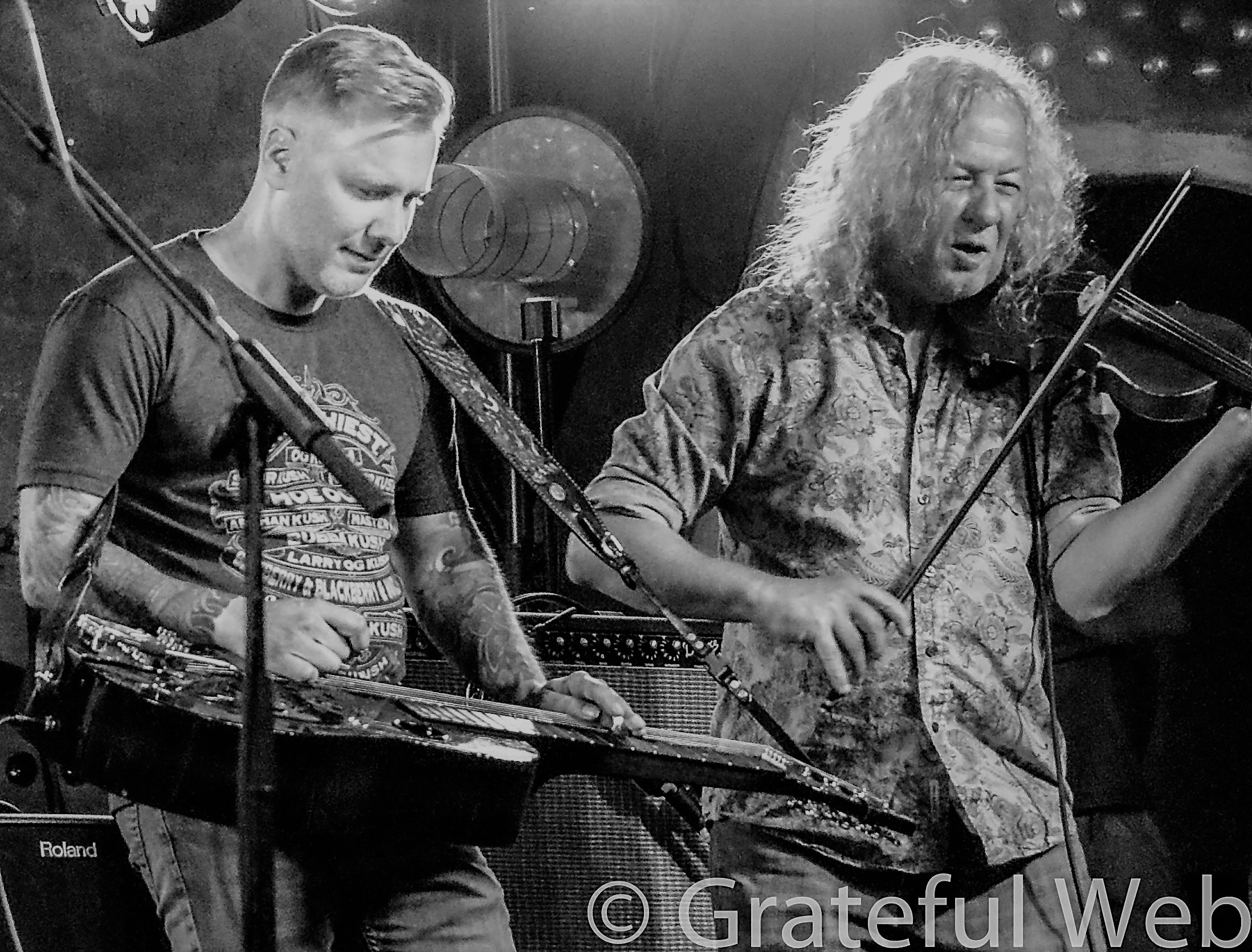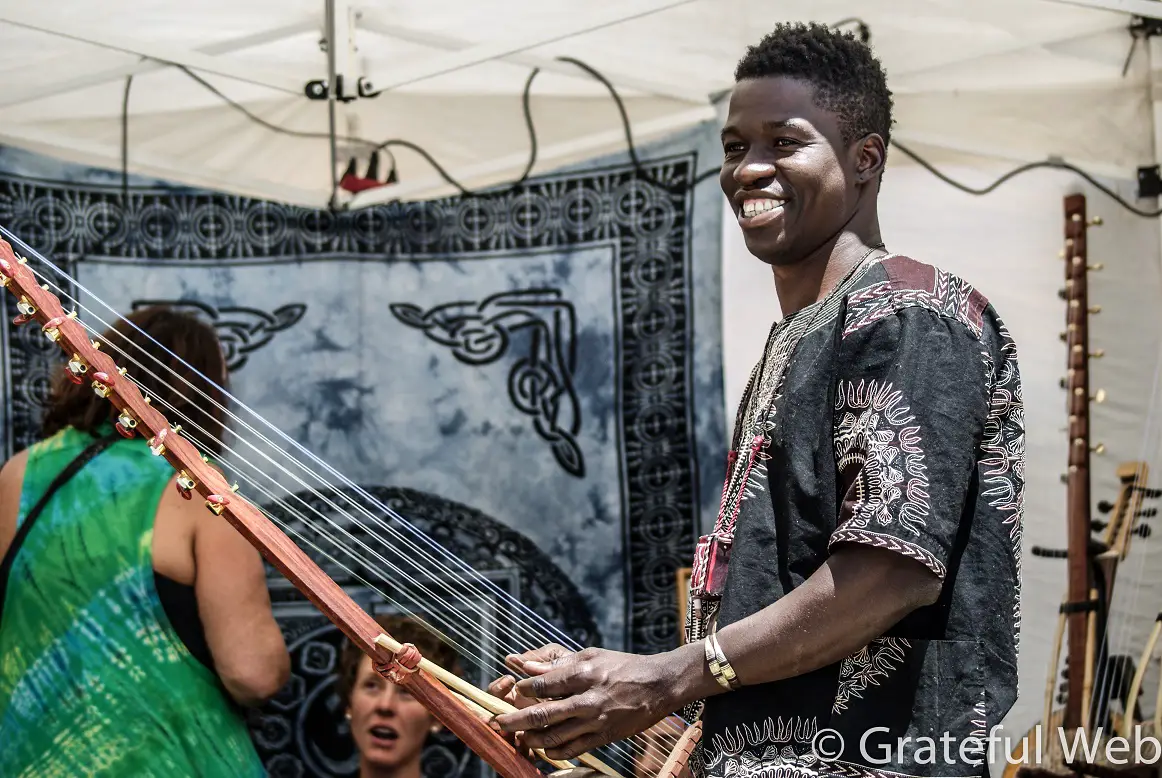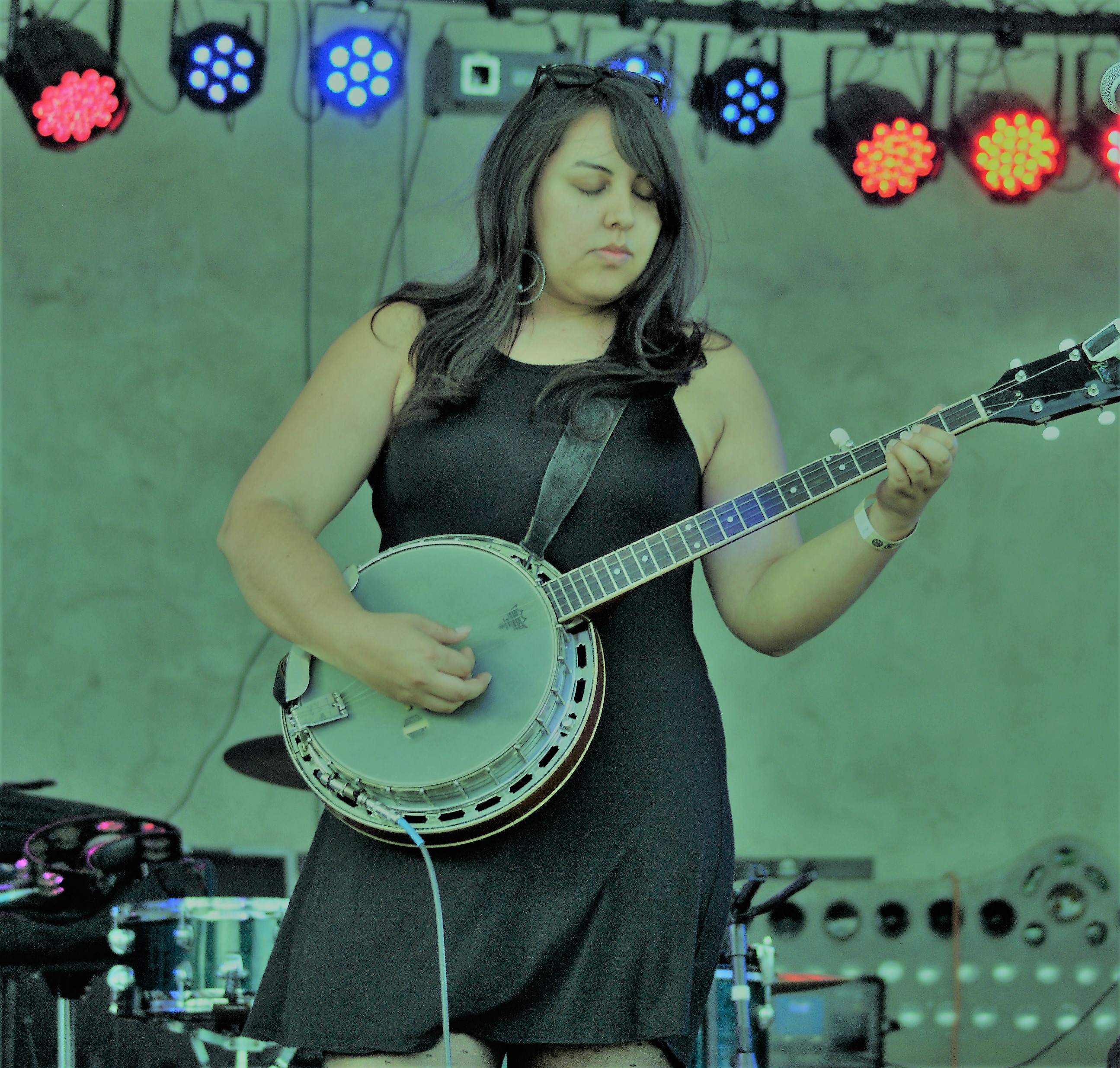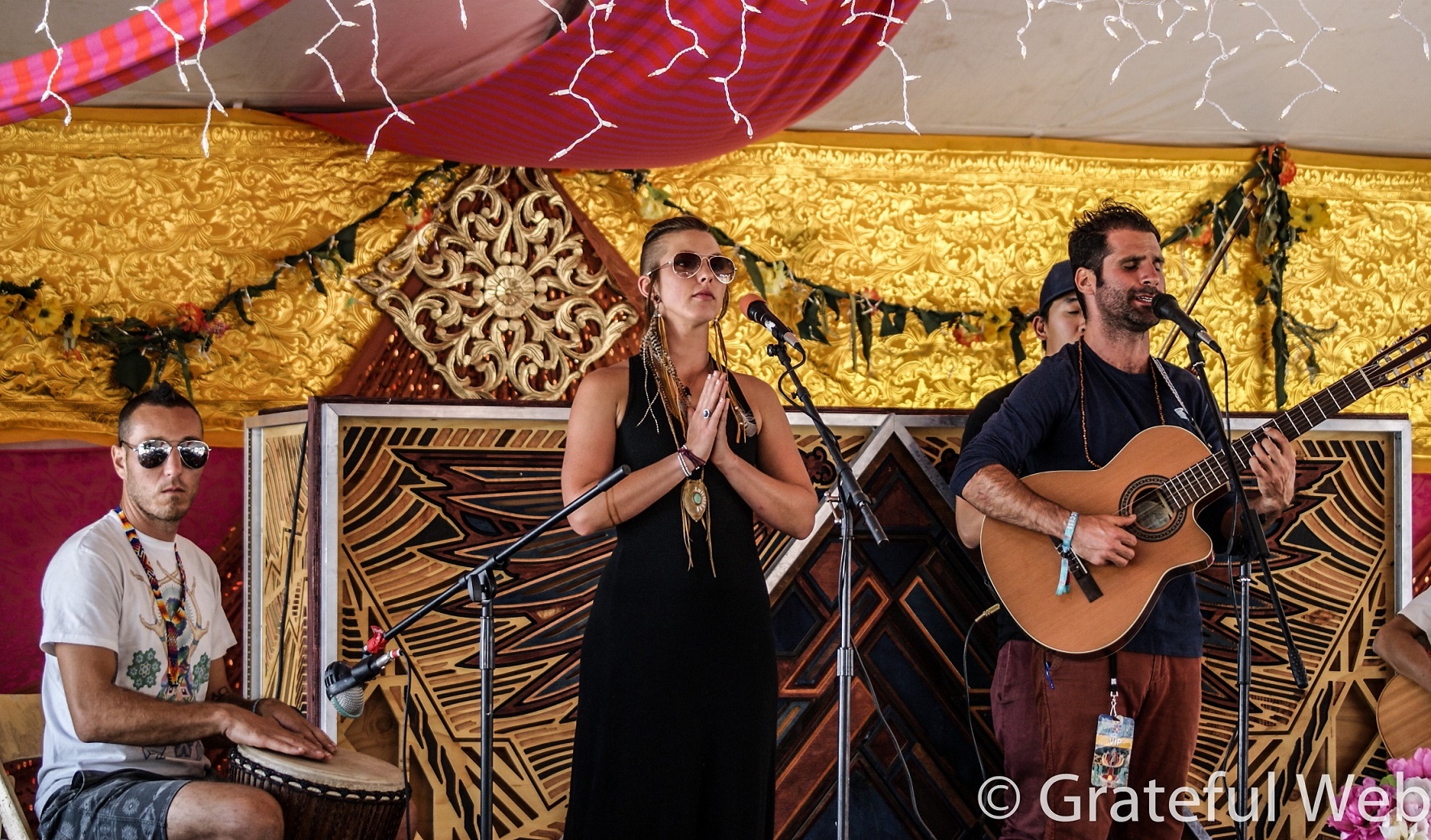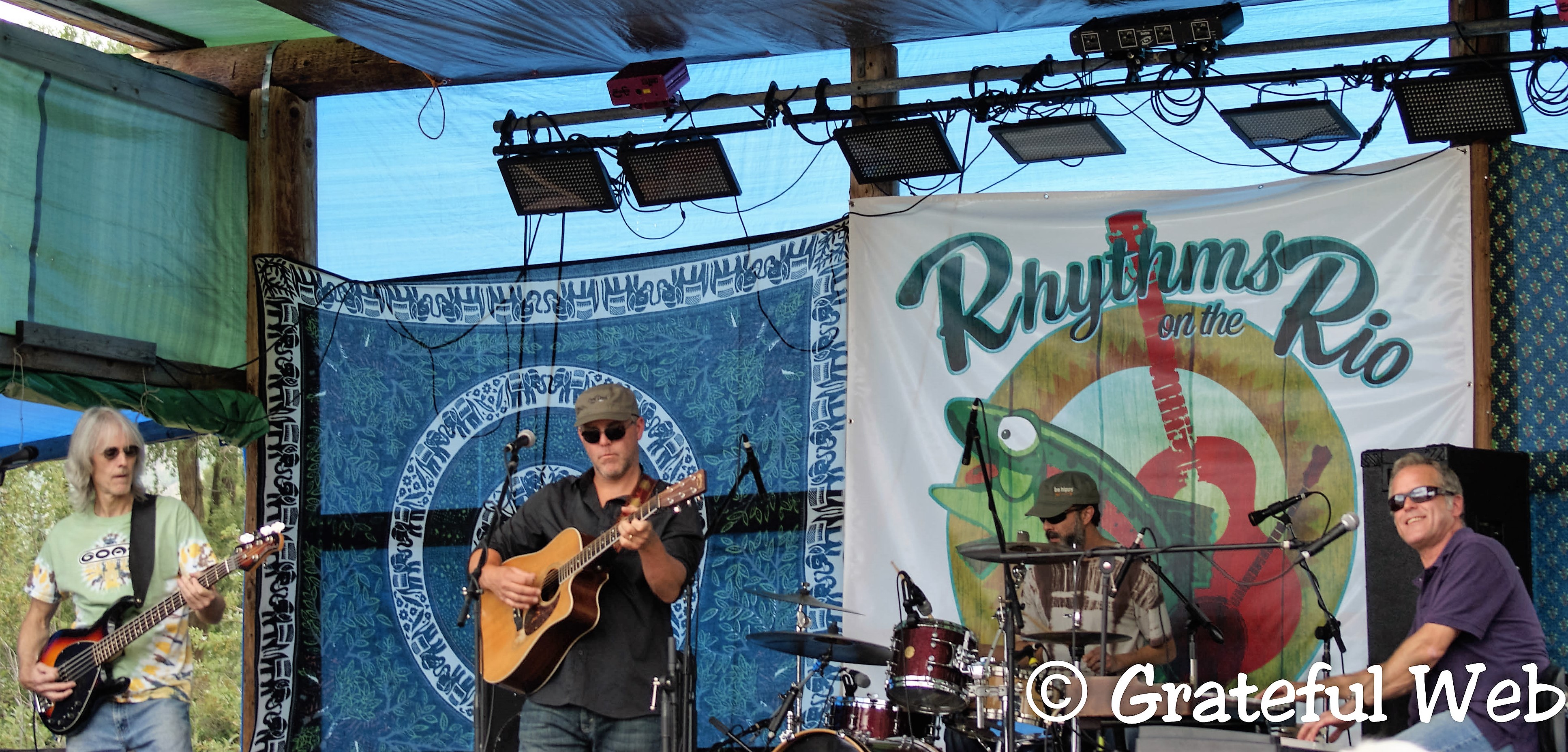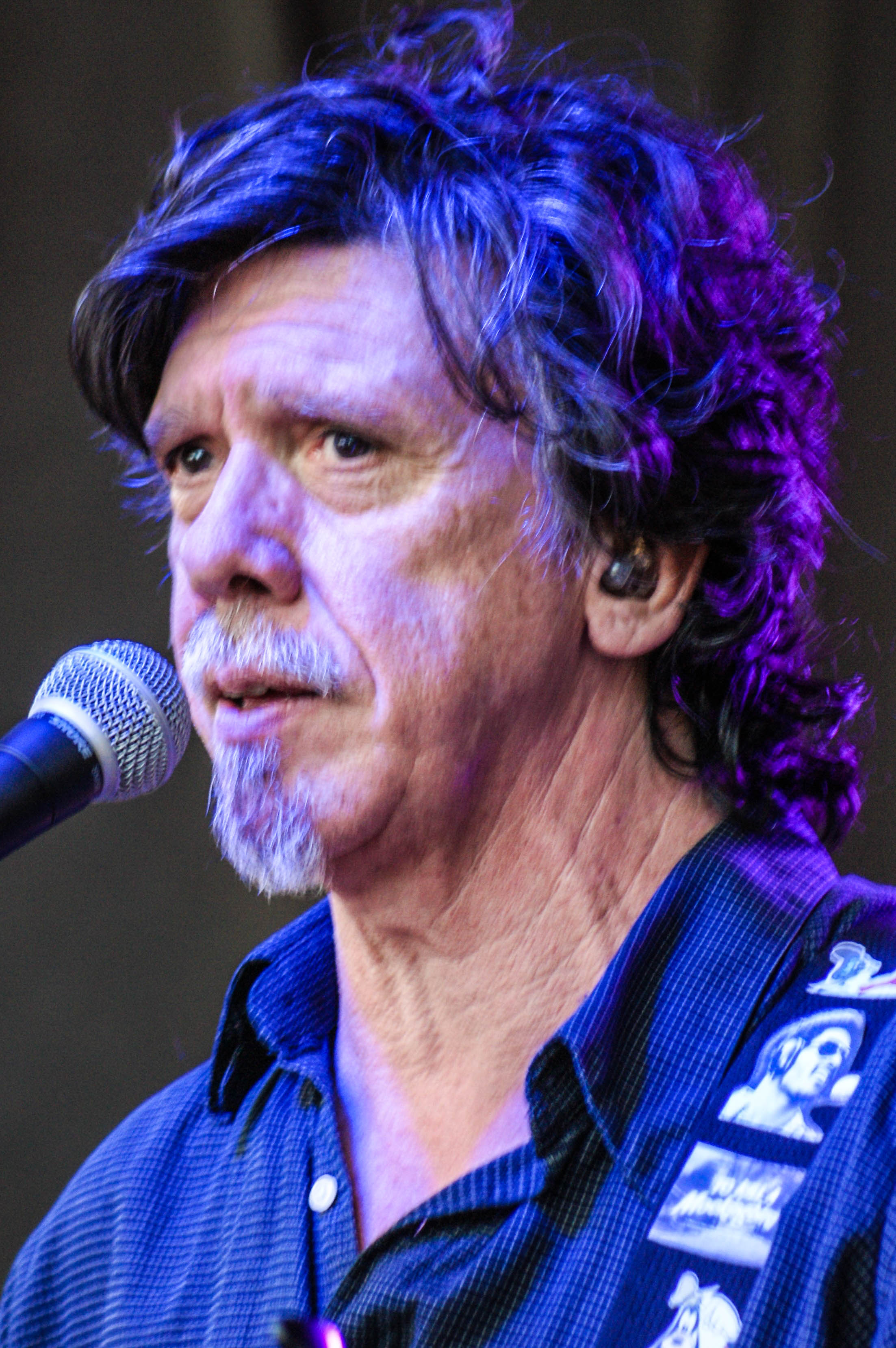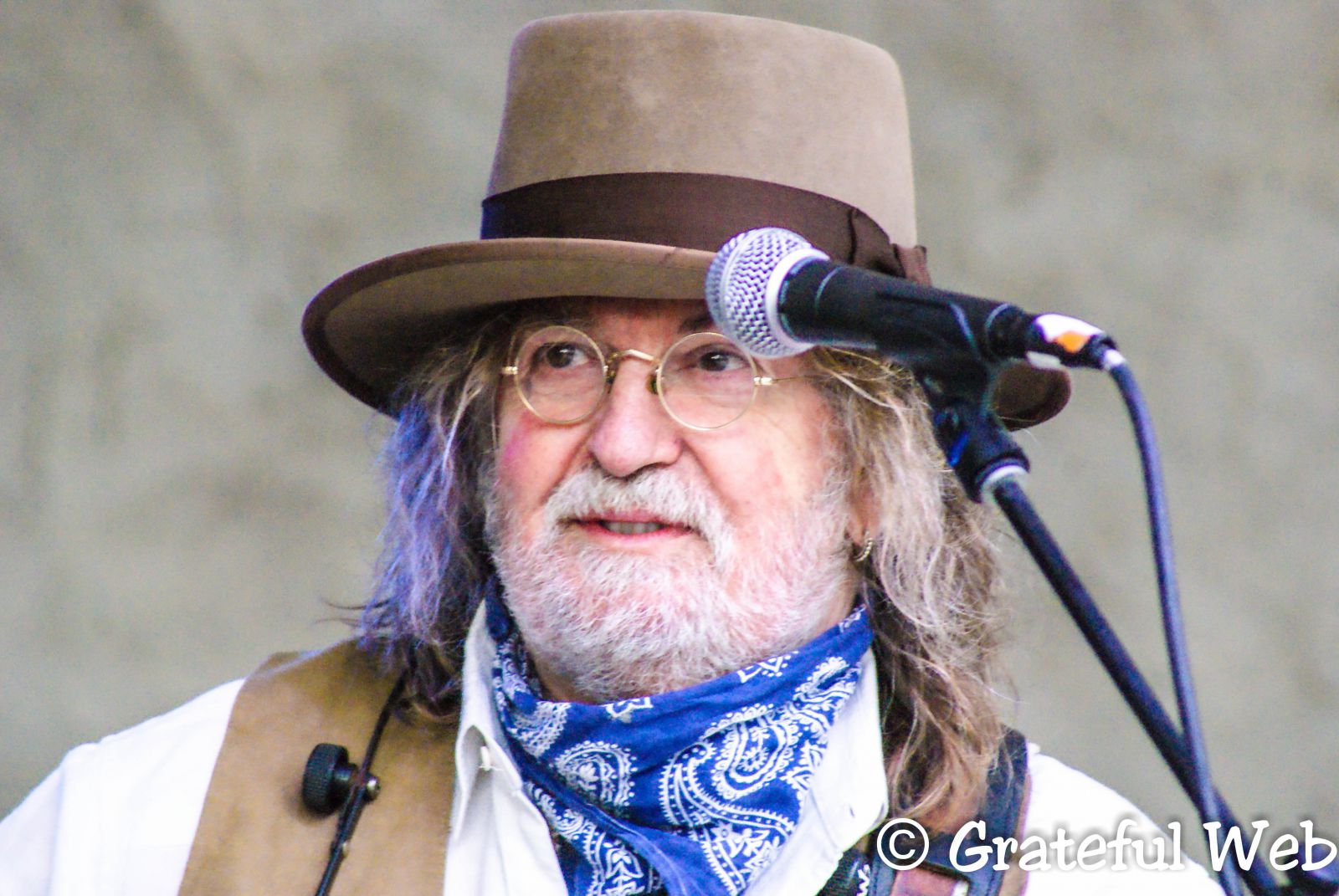Let me just say one word about Unify Fest: Awe-inspiring.
Unify Fest certainly lived up to the press preceding its unfolding on September 22. It was touted as “an epic 4-day transformational experience unifying humanity.” That’s a pretty ambitious statement about a festival that was only the dream of Nathan Crane some months ago. Crane wanted to bring performers and spiritual teachers and practitioners from North and South America (and a few other parts of the globe) who would draw interested folk to one place to learn, teach, and celebrate. He wanted all of this to happen in a spiritual place with no alcohol or drugs.

That place was Ranchos de Las Golondrinas, the “ranch of the swallows,” nestled on 200 acres outside of Santa Fe, New Mexico, on the historic Camino Real, the Royal Road that drew travelers, explorers, merchants, and holy people from Mexico City to Santa Fe. The ranch’s existing historic structures were restored, others were built, and a few buildings were transplanted from other historic locations in New Mexico. In 1972, this living history museum, depicting the culture and history of 18th and 19th century New Mexico, opened its doors.
Ranchos de Las Golondrinas (https://golondrinas.org) rarely hosts anything other than history-based events, such as their Civil War encampment, the Wild West adventure, Viva Mexico!, or festivals based on products produced in New Mexico (lavender, wine, harvest). Almost all of the events have people performing lost crafts such as weaving, open-hearth baking, blacksmithing, wine stomping, etc. And, of course, there is the music and dancing and all manner of wares for sale.
The only event that fluctuated from that was the Santa Fe Renaissance Faire. But even that had an historic note. Same idea, just a different culture and time period.
Crane and a team of local folks, Francine DiGeorgio (Street Team Manager) in particular and Raquel Lopez (Coordinator), did some amazing persuasion to permit Unify Fest on this very special land. Over 200 musicians, dancers, singers, and teachers brought their talents to five stages. There were multiple opportunities every day to learn and practice different forms of yoga, gi gong, spiritual dance, and other forms of movement. Healers and visionaries taught workshops on a wide variety of topics and/or offered their knowledge and spiritual modalities at their booths. And rarest of all, there were several indigenous ceremonies held on site, open to everyone.
To secure the site was an amazing feat, to include indigenous elders was unprecedented, and, finally, to do this so well in such a short time for a first-ever event was unheard of. I was totally blown away by the size of this festival—200 acres—and to have all amenities and safety precautions in place from Day 1 was amazing! To have the quality performers and visionaries present was also a feat I can’t explain happening glitchless for a first festival.
I talked with Rebecca, an RN, and Alexander, an EMT, at the First Aid Tent. They had a staff of volunteers and qualified folks who rotated shifts so that someone was there at all times. They told me on the last day that there were some issues with altitude because some festivalgoers weren’t expecting to have to acclimate to 7000 feet. But even those were few. Mostly, they dealt with blisters and splinters. However, they were fully equipped to transport someone immediately if there was a medical emergency. This was an important asset here in the high desert.
I was stumbling around in awe on the second day, wondering how in the world anyone could pull this off so well, when I ran into Francine DiGeorgio. I posed the question to her, and she said that she and her Street Team knew about everyone who was there. They’d seen them at other spiritual festivals and events. Once calls were made and the vision for the festival presented, people jumped on board, eager to be a part of it. And they came.
And festivalgoers came from everywhere imaginable, not just from the region. I saw license plates from Massachusetts, California, Iowa, Ohio, Florida, Oregon, and Utah. And that was just near where I parked.
In spite of unexpected thunderstorms on the first day or so and some high winds that stirred up dust devils through the site here and there, everything happened like a well-wound clock.
Though an event of this size over the extended time it was held really required a team of experiencers to report about it. I will, however, offer some snippets of what it was like to be a part of Unify Fest 2016.
Day 1 Thursday

It was unusual to have programming on a Thursday of a festival. However, as I rolled into the dirt parking lot at Ranchos de Las Golondrinas, I saw that even at dusk the first day, the lot was full.
Officially, UnifyFest opened with a ceremony by the Tewa Dancers of the North, doing the Eagle Dance, late in the day. This was significant because the common theme throughout the festival among native folk was fulfillment of the prophecy of the Condor (South America) and the Eagle (North America) meeting in the heart of the world at an important time in history.
This isn’t the first time this has happened in the US. For the past 16 years, traditional healers from South America and North America have been teaching a two-week seminar on traditional medicine in Albuquerque, New Mexico. Other locations, such as at the source of the Mississippi River in Minnesota, have also hosted North and South American native elders.
However, someone pointed out that what is happening at the Standing Rock Reservation in ND maybe the true fulfillment of that prophecy, since elders from all over North and South America have gathered there, laying aside generations-old animosities to come together in ceremony and solidarity to protect precious water. (Ironically, the Black Hills in South Dakota nearby is considered the heart of Mother Earth by some nations so perhaps the prophecy is accurate.)
I didn’t take photos of any ceremonies, nor any workshops facilitated by native elders, because I found it disrespectful to do so. Others covering the festival chose to do so.
Workshops and yoga began at 5 and music started soon afterward. The vendors were just setting up and some hadn’t even arrived yet when I got there. I took some time to get the lay of the land since the stages and some events were spread out all over the 200 acres. The festival site is in pinon-forest on rolling hills here so finding the correct stage or location for an event or even a vendor takes some time, going up and down.
I caught Yaima on the Viento Stage, way down the hill from the Sol and Tierra Stages and the main vendor areas as you entered the grounds. Gipsy, who runs sound at the Taos Mesa Brewing Company events in Taos, did the honors for this stage all weekend, a feat that kept him hopping because of the number of synthesizers and computers enhancing live instruments on occasion. Plus, there were visuals behind the performers, special lighting, and often, at night, dancers and aerialists (yes, you read that correctly).
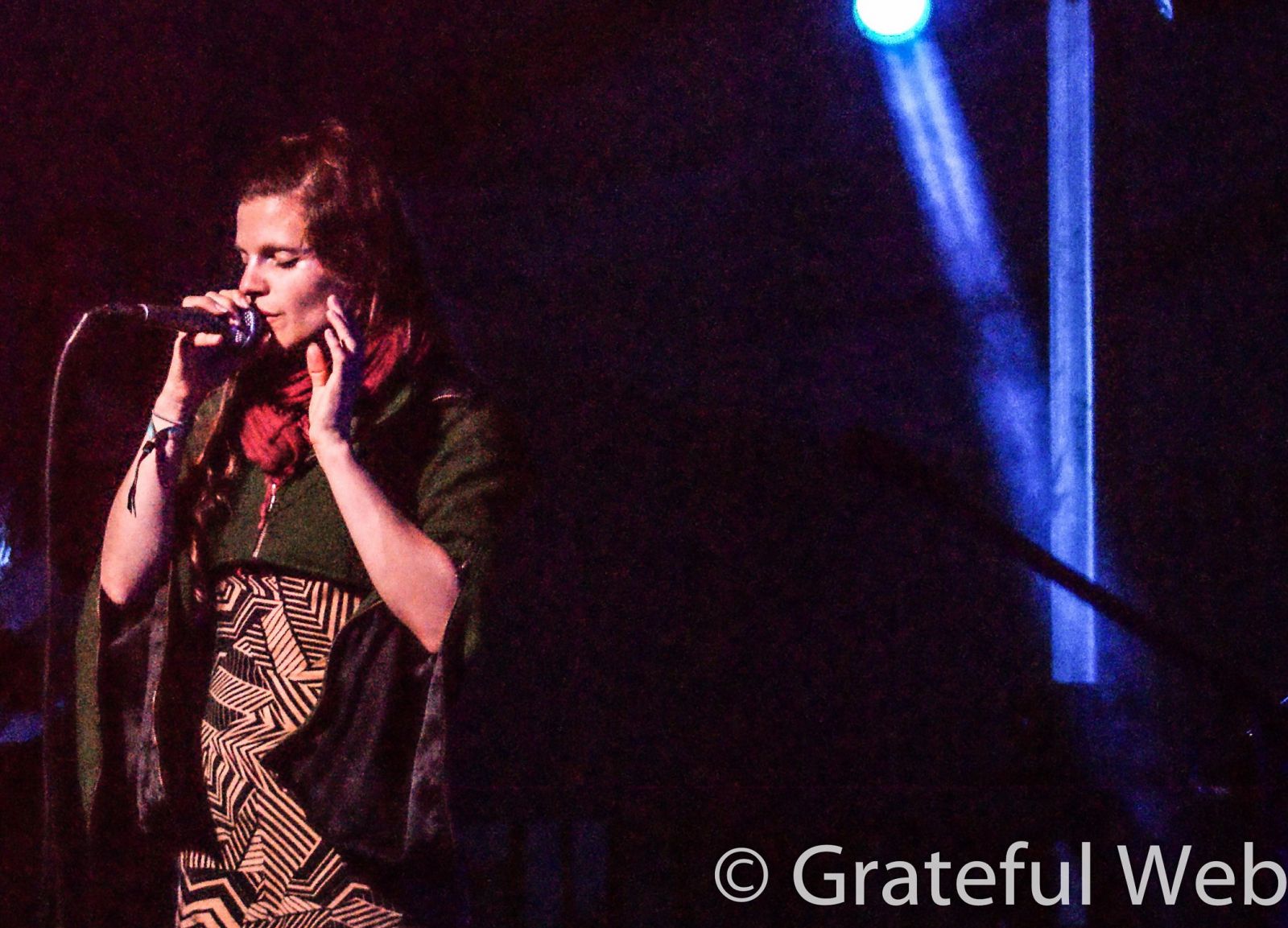
Yaima, from the Seattle/Cascadia region, was the second act of the festival and the first one I caught. I just missed seeing Round Mountain, a band I’d wanted to take some time to enjoy.
However, Yaima was an incredible act to see as night began to descend over the festival. The group’s name, meaning “that which water runs through,” (a river bed, a sieve, a channel) is appropriate. Pepper Proud’s soaring voice carried out over the festival grounds, calling us in to listen and partake. Originally from Southern Appalachia, it is not surprising that she has this amazing voice, but she’s honed it as a vehicle for motivational storytelling that can be quite hypnotic at times.
She was backed by Jeff Kimes on didgeridoo and a number of percussion instruments. Kimes studied world music in 15 different countries as his pursuit of the links of musical and linguistic perception led him from neuroscience to mind-body practices. His skill in enhancing Pepper’s songs and vocals is evidence of that learning.
Adding to Kimes percussion was Japanese-born Masaru Higasa, who offered different rhythms from other kinds of drums, as well as his electronic enhancements. His additions created a soundscape that upheld the lyrics of Pepper’s songs.
Because there were a number of stages, presentations and bands often overlapped. Momentology offered soundscapes mixed with hip-hop and a dance presentation by Netya at the Sol Stage at the top of the hill. It was followed by the sonic sounds of Desert Dwellers with another dancer performance by Jen Friend, who thrilled festivalgoers with fire. Finishing up the evening was a ceremony, led by the Santa Fe-based group Sees the Day.
Music continued at the Espiritu Stage, opposite the Vientu Stage, well into the night. Florida band Captive Eddies, Ilan Nvah, and David Michael Tardy (of Sees the Day) offered softer, more ambient sounds as festivalgoers tucked themselves into their tents.
The first festival fire was lit at 7 pm by Adam Yellowbird in a special ceremony. Yogi Nandhiji did another fire ceremony at 11 pm. Firekeepers Jay Lynch and Hiloha kept the fire going until 7 am the following morning.
As I started to leave the festival grounds, I looked out over the campers nestled in a meadow at the bottom of the hill. The glow from lanterns within made them look like giant fireflies or colorful mushrooms. This was the beginning of a most unusual festival.






